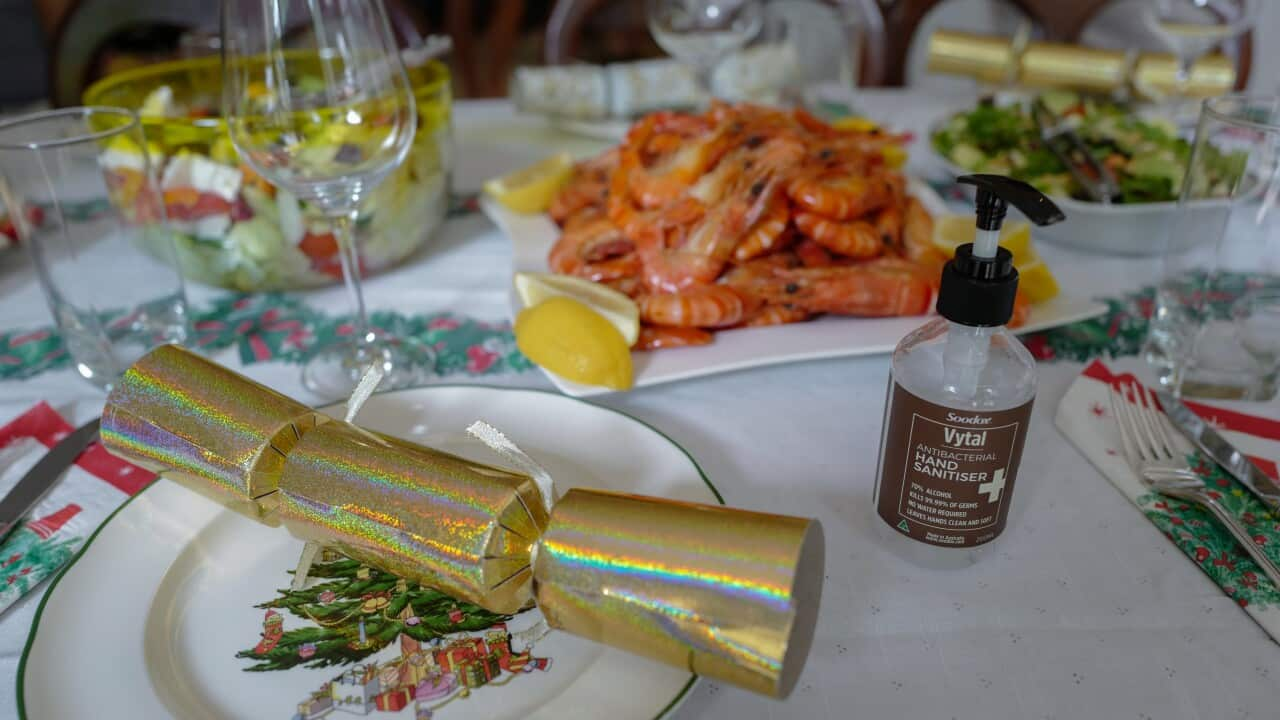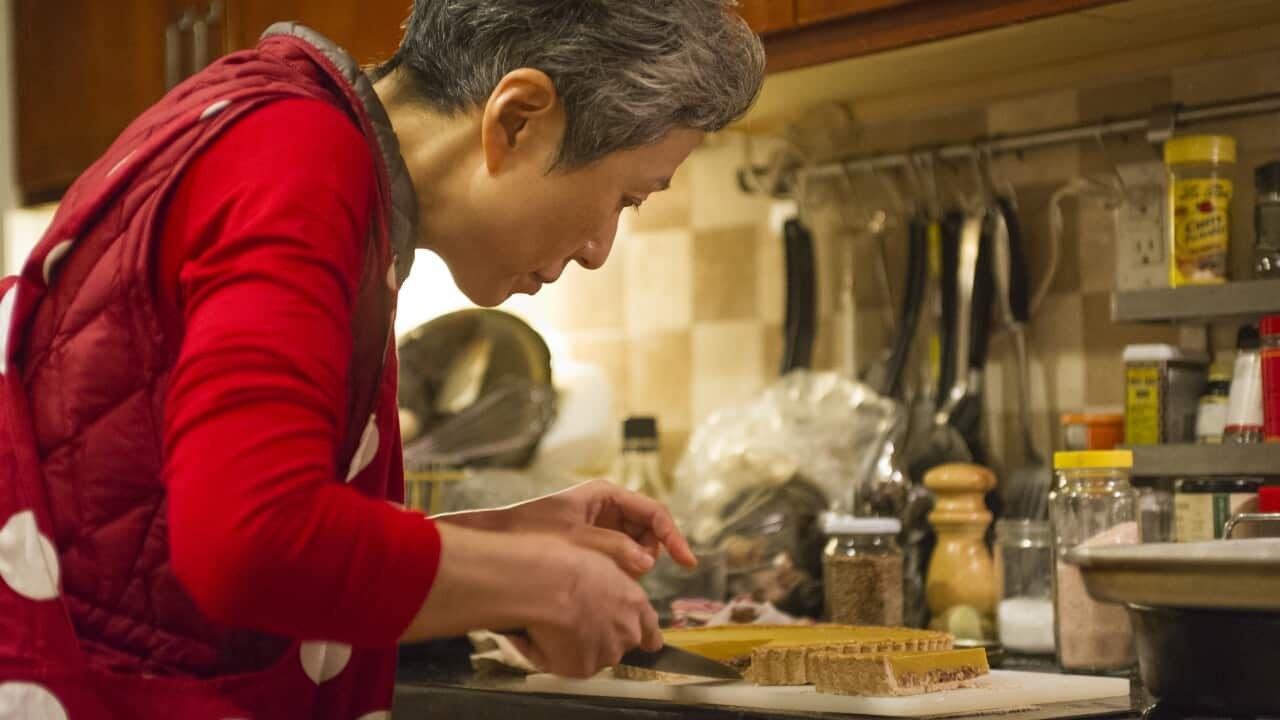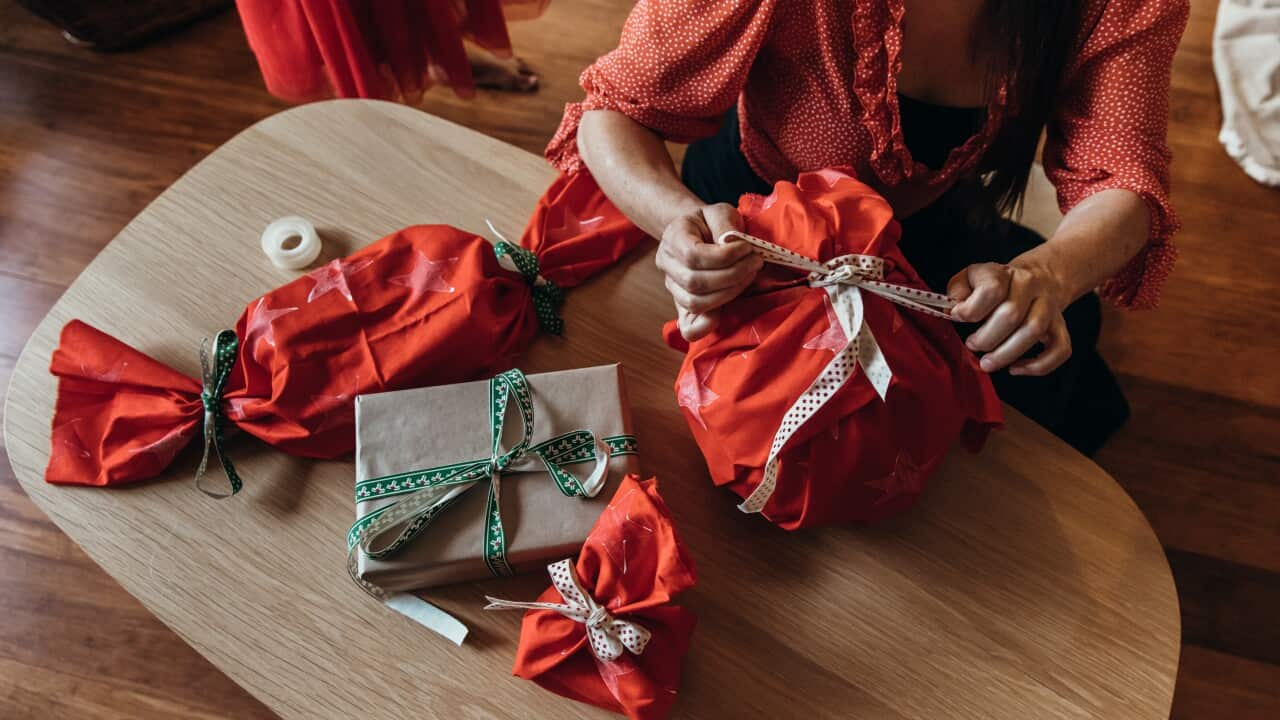After indulging in a feast of glazed ham, fresh prawns, and decadent desserts, the post-Christmas fridge can feel like a game of Tetris.
Filled to the brim with leftovers, the challenge transforms from how to fit it all into the fridge to figuring out creative ways to consume your leftover Christmas lunch before it gets bad.
But how can you indulge in leftovers for days while still avoiding any unwelcome bouts of food poisoning?
Here's your ultimate guide to managing Christmas leftovers safely.
How long do Christmas leftovers last?
The shelf life of Christmas leftovers depends largely on the type of food and how it’s stored.
According to Dr Snehal Jadhav, food safety expert and senior lecturer at Deakin University, for some food, you have a few days where you can consume leftovers.
Others, you'll need to eat on the day of preparation.
As a general rule, leftovers should be safe to eat within the next two to three days.
But there are some exceptions to the rule.
- Cooked meats last three to four days in the fridge and up to three months in the freezer.
- Freshly chopped salads and produce should be consumed immediately or within a day.
- Rice and pasta require extra caution due to their high risk of contamination, particularly if they've been reheated multiple times or have sat out during Christmas lunch.
But there are some ways you need to reheat and store your leftovers in order to make them last a few days.
Is it safe to eat Christmas leftovers?
That all depends on preparation, storage and handling.
Jadhav highlights the importance of proper food handling right from the moment of buying, all the way until serving your meal at Christmas lunch.
"If we are talking about the safety of the food, it's really going to be determined based on how we handle it from the time we purchase it until the time we've actually consumed it," she told SBS News.
The golden rule is to ensure you don't leave food out in the temperature danger zone for an extended period, Jadhav said.
The two-hour/four-hour rule is something you must stick to, especially on hot days. The rule recommends treating food differently depending on how long it has been out of the fridge. If you want to solidify your best chance of a leftovers feast, stick to the two-hour window.
- Less than two hours: Food can be put back into the fridge.
- Two to four hours: Food can be eaten but shouldn't be put back into the fridge.
- Over four hours: Food should be thrown away.
You'll also want to avoid the "temperature danger zone", which is between 5 and 60 degrees, as "this is the temperature when most pathogenic bacteria and viruses can thrive," Jadhav said.
That means you either want to keep food below 5 degrees or over 60 degrees.
If it's out of this danger zone, it should be for no longer than two hours.
How to prep food safely and store leftovers
Jadhav recommends other key food preparation and storage tips for this Christmas:
- Pick your perishable food items at the end of your shopping trip.
- Store cold bags and packs in the boot if your groceries will be out for over an hour.
- Keep fresh produce away from raw produce, like meat.
- Avoid the temperature danger zone and keep food below 5 degrees or above 60 degrees.
- Don't refreeze thawed-out food.
- Divide large portions, like a leg of ham, into smaller slices or containers. This helps food cool faster and prevents your fridge's overall temperature from rising.
- Use airtight containers to minimise cross-contamination.
- Allow hot food to cool to room temperature before refrigerating, but don't leave it out for more than two hours.
What to freeze and how to reheat
Feeling pressured to eat your leftovers too quickly or have too much to munch down on in a couple of days? Freeze them.
Freezing leftovers like cooked meats, sauces, and baked goods is an excellent way to make them last.
Jadhav recommends portioning into meal-sized servings to reduce waste and make reheating simpler.
When reheating, ensure the internal temperature reaches 75 degrees, stir dishes to distribute heat evenly, and only reheat what you plan to eat to avoid repeated cycles of heating and cooling.
But sometimes you can't be bothered going to the hassle of reheating all of your leftovers and instead, just want to enjoy some cold chicken, ham or turkey.
In those cases, eating cold meat is fine, provided the meat was cooked properly, cooled, and refrigerated within two hours.

Seafood is one of the popular Christmas foods at higher-risk of making you sick if stored incorrectly. Source: AAP / Joel Carrett
What are the highest-risk foods?
Certain foods, such as seafood, rice, and cold salads, are particularly susceptible to contamination.
Prawns and oysters can spoil quickly if not handled properly. Seafood can harbour pathogens and toxins that can make you sick, especially if they're eaten after three days.
Rice and pasta, as nutrient-rich environments for bacteria, need extra caution. Rice can carry spores of Bacillus cereus, which produces toxins that can cause foodborne illnesses.
Fresh salads should be consumed soon after preparation to avoid spoilage. Coleslaws, pasta salads and rice salads are at a higher risk, as well as prepared fruit salads.
Dairy-based desserts like custards or soft cheeses can also be at higher risk, as well as eggs and egg products like mousse. Eggs can transmit salmonella if not stored properly.
Knowing when food has gone off
The sniff test is a common way to identify spoiled food, but it isn't foolproof.
"The sniff test is great because it can tell you that the food has gone bad in the sense that the food is spoiled," Jadhav said.
"But there's a difference between spoilage and pathogenic bacteria.
"Not all spoilage-causing bacteria is going to be pathogenic, and not all pathogenic bacteria is going to lead to bad smells in the food straight away."
If something smells bad, it's safe to assume that it's heading straight for the bin. But just because something smells okay, it doesn't necessarily mean it's safe to consume.
But Jadhav said if you follow the two-hour/four-hour rule, store leftovers in the fridge correctly, and ensure your food is heated to the right temperature, you've got the best chance of extending your Christmas lunch in the days to follow.














